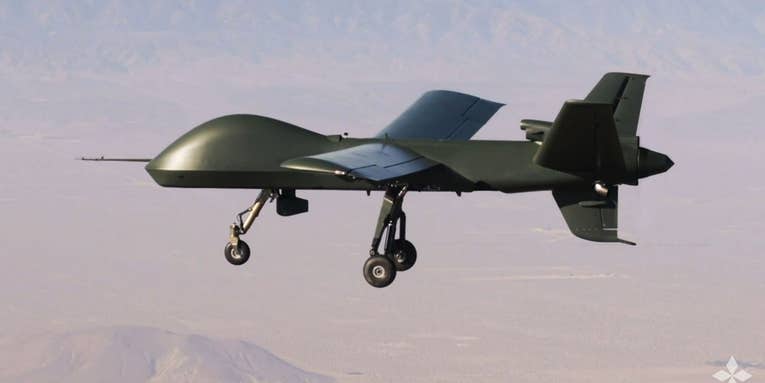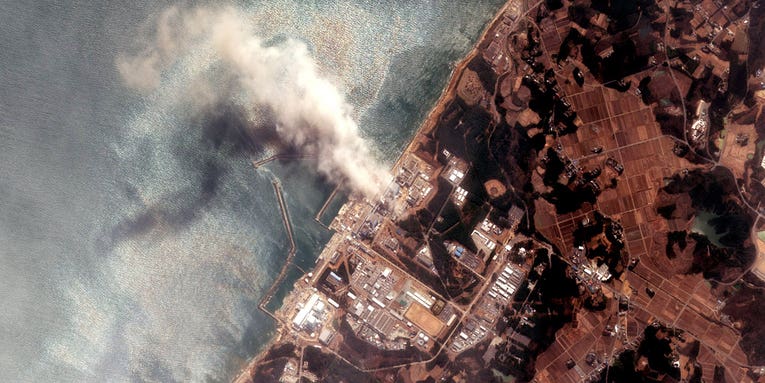
Drones
From small quadcopters to delivery drones to big robotic military aircraft, this is the latest on the uncrewed aerial vehicles (UAVs) buzzing through our skies today—or arriving tomorrow.
Latest Drones Stories

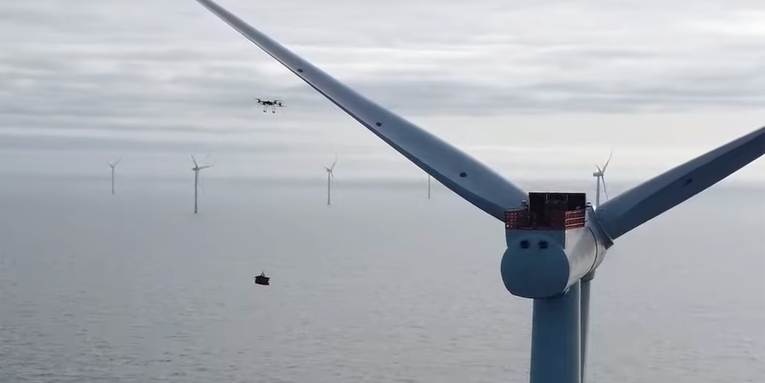
Watch a heavy-lifting drone land a perfect delivery on an offshore wind turbine
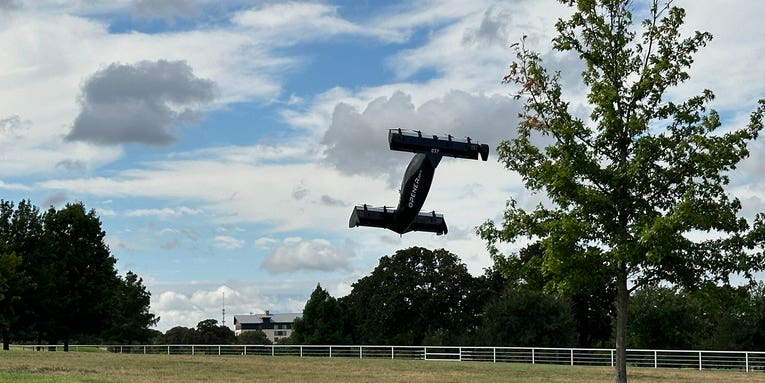
Futuristic aircraft and robotic loaders dazzled at a Dallas tech summit
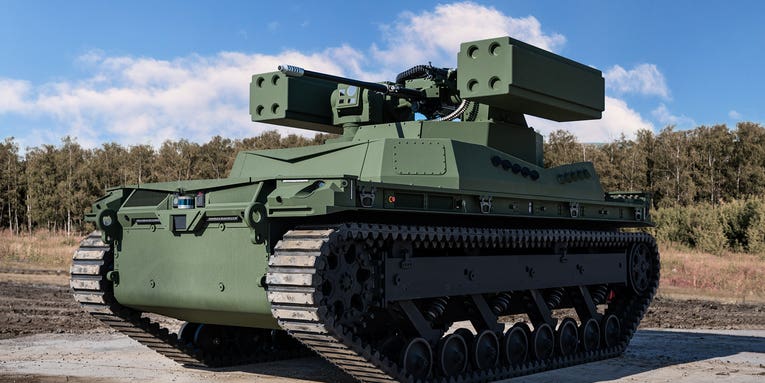
This compact robotic tank is designed to shoot down drones
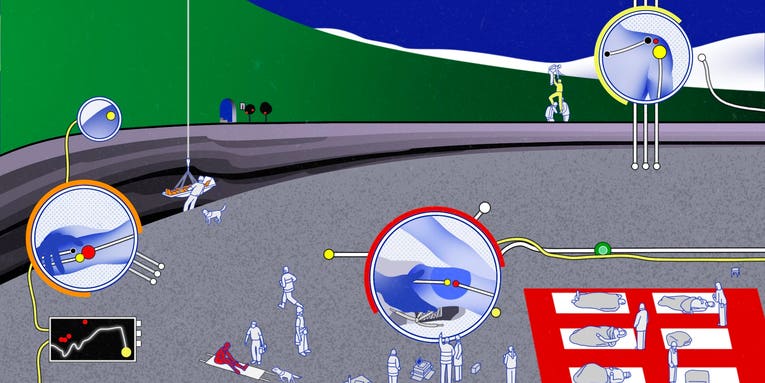
DARPA wants to modernize how first responders do triage during disasters
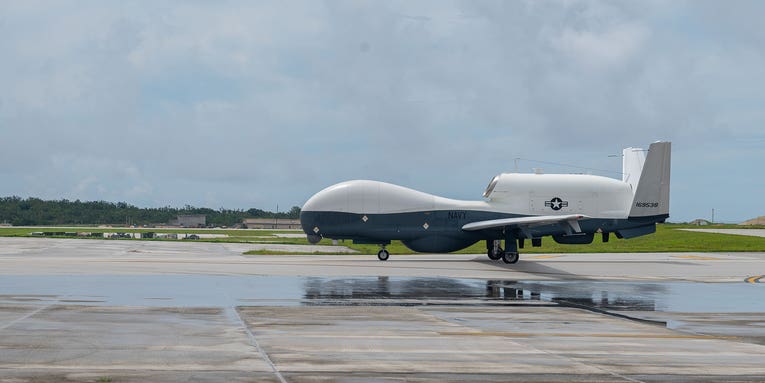
A gigantic Navy drone is ready to surveil the ocean from above
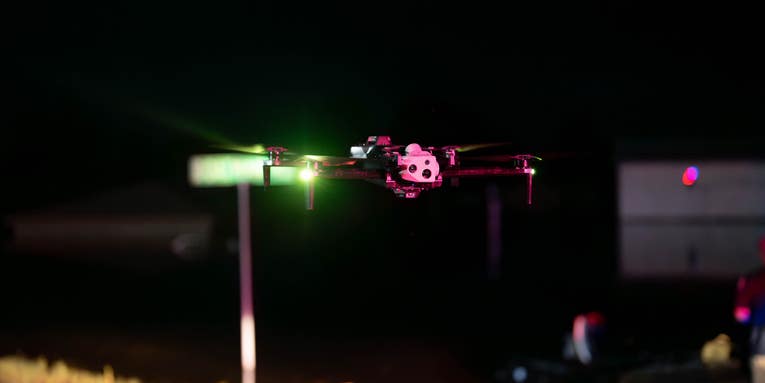
A new drone might help cops stop high-speed car chases
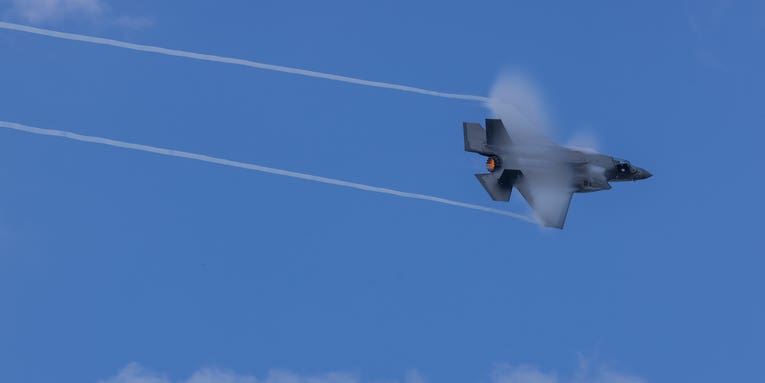
What’s in the US military’s historic lost and found: nukes, jets, and drones
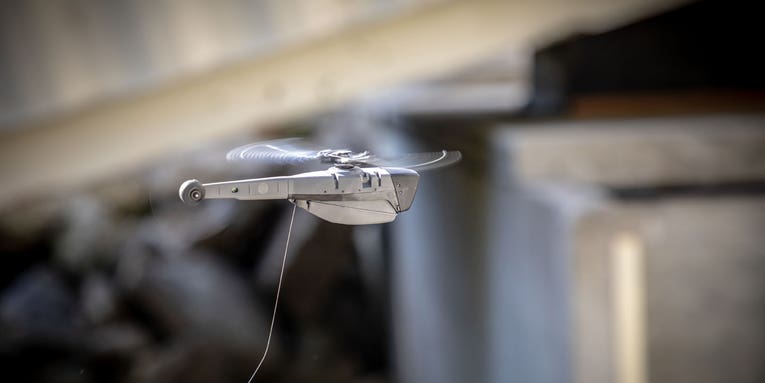
The US military’s tiniest drone feels like it flew straight out of a sci-fi film
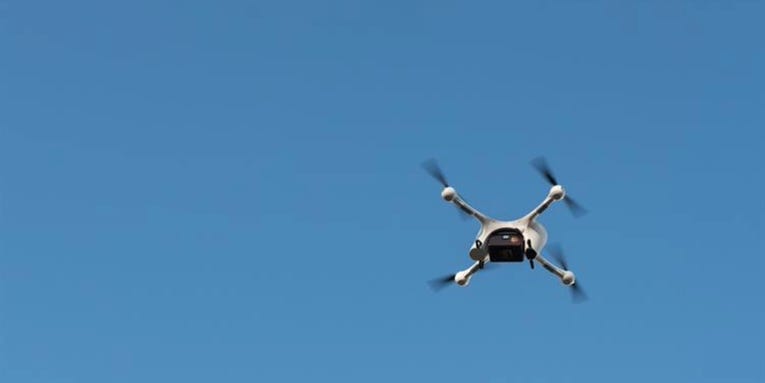
FAA will allow UPS delivery drones to travel greater distances
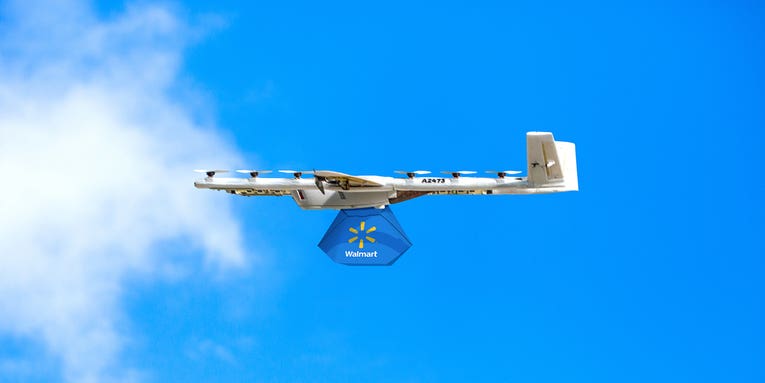
Walmart and Wing join forces for drone deliveries in Texas
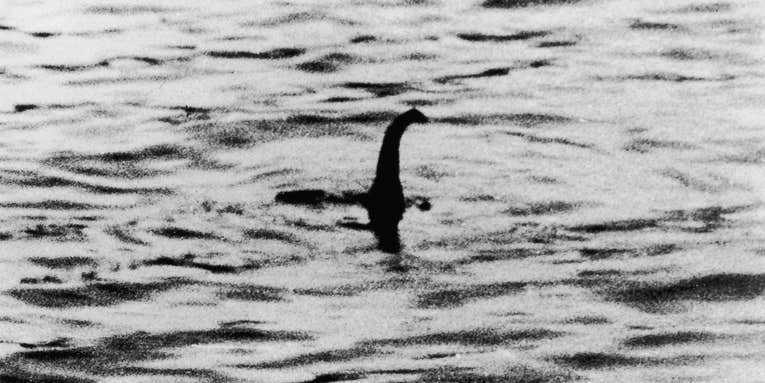
The largest search of Loch Ness in more than 50 years will deploy drones and hydrophones

Ukraine claims it built a battle drone called SkyKnight that can carry a bomb
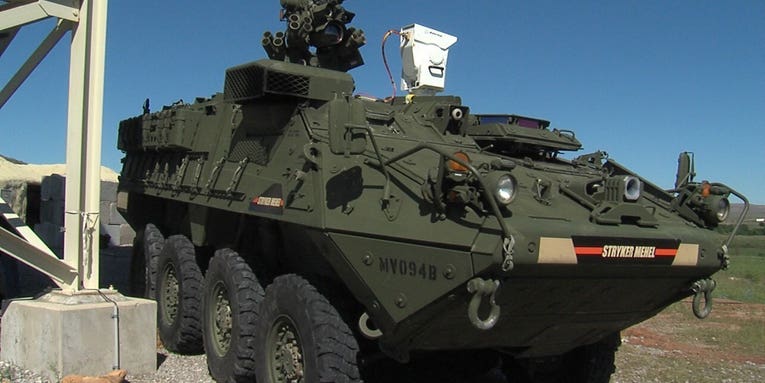
Lockheed Martin plans to make its most powerful military laser yet
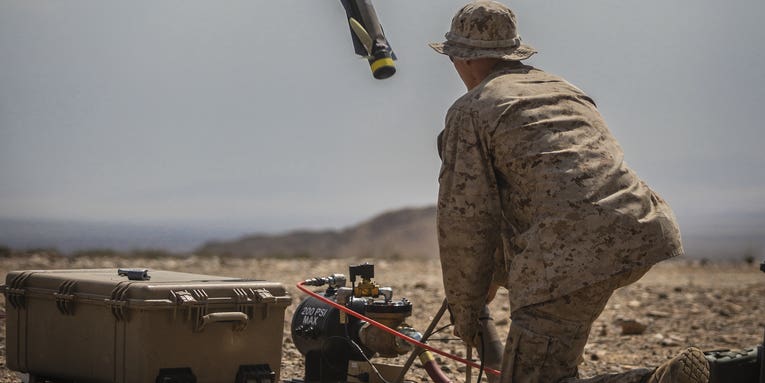
Everything to know about Switchblades, the attack drones the US gave Ukraine
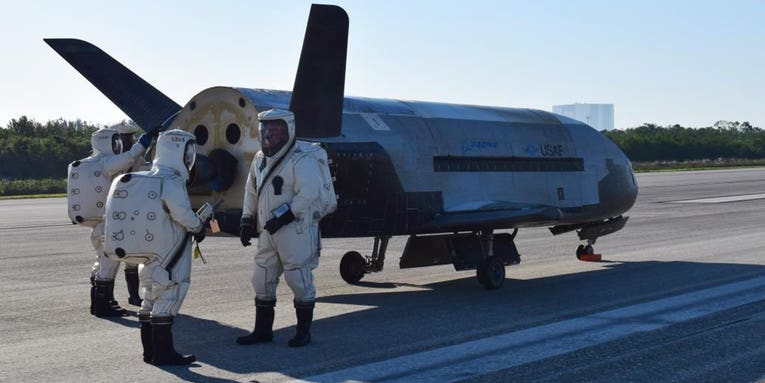
What is DARPA? The rich history of the Pentagon’s secretive tech agency
Featured In Drones

Everything to know about Switchblades, the attack drones the US gave Ukraine
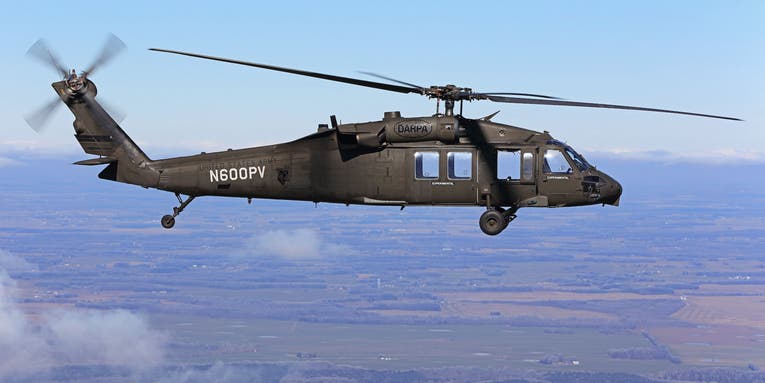
A Black Hawk helicopter flew for the first time without pilots
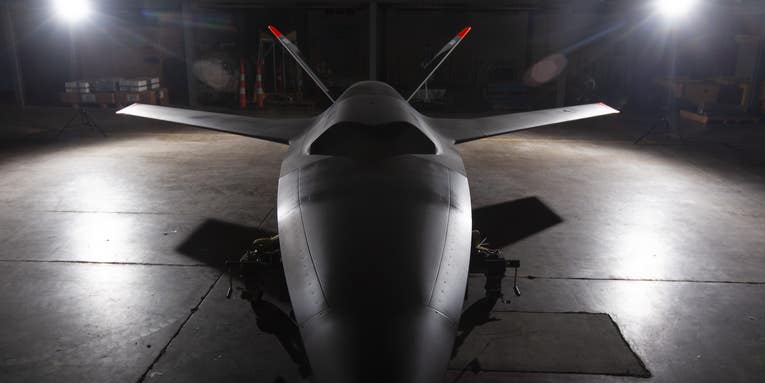
This cutting-edge drone is headed out to pasture at an Air Force museum
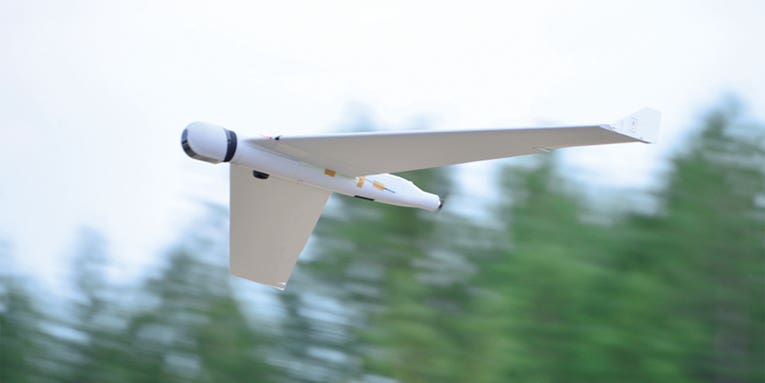
Heavy-lifting Russian drones could resupply soldiers on future battlefields
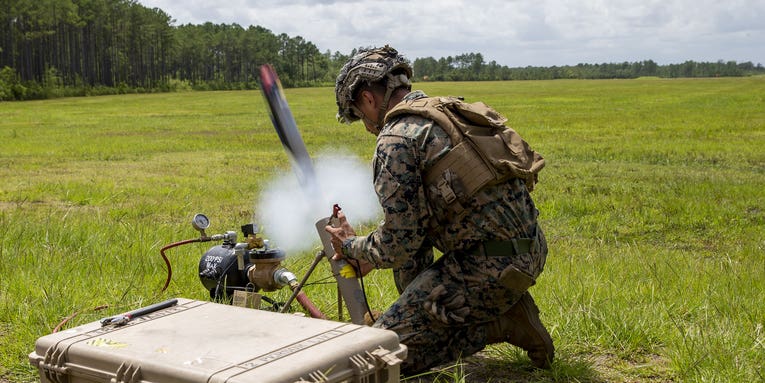
What we know about the ‘Phoenix Ghost’ drones going to Ukraine
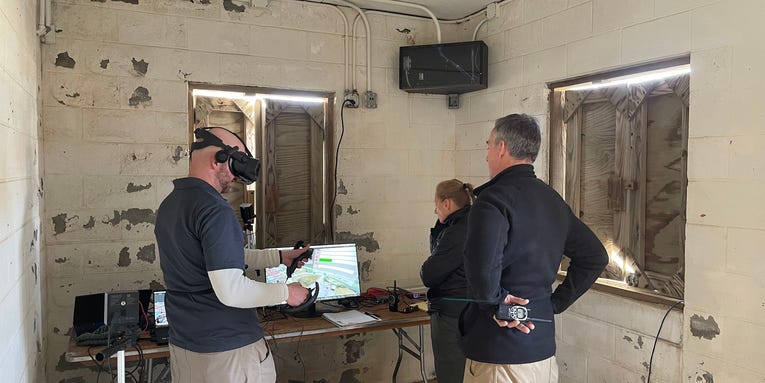
An inside look at how one person can control a swarm of 130 robots

The US Marines are testing flying, remote-controlled grenades
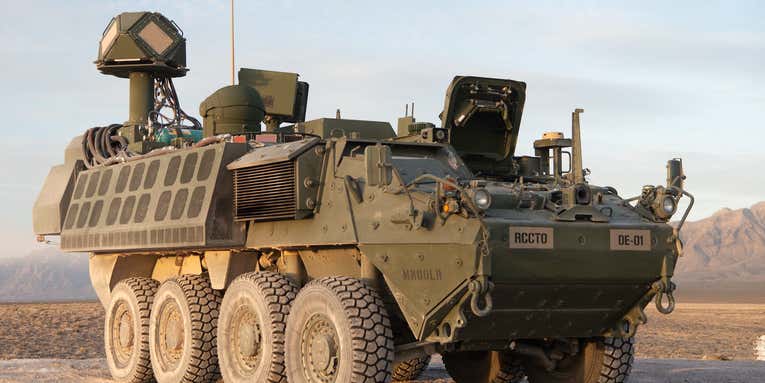
This laser-armed Stryker vehicle can shoot down drones and mortar rounds
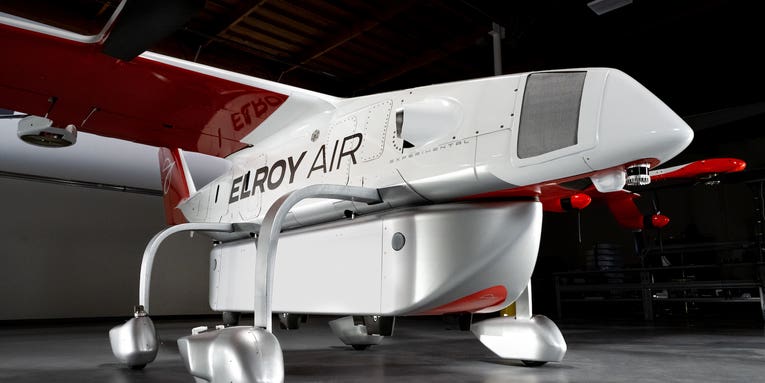
FedEx will start testing a 1,900-pound drone for hauling packages
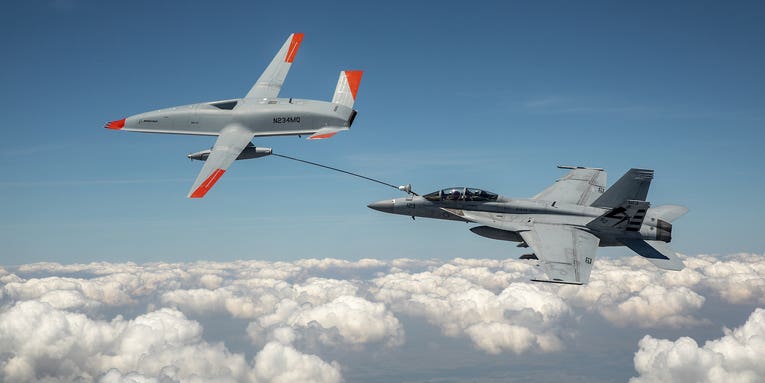
Watch a fighter jet and drone make ‘wet contact’ for the first time
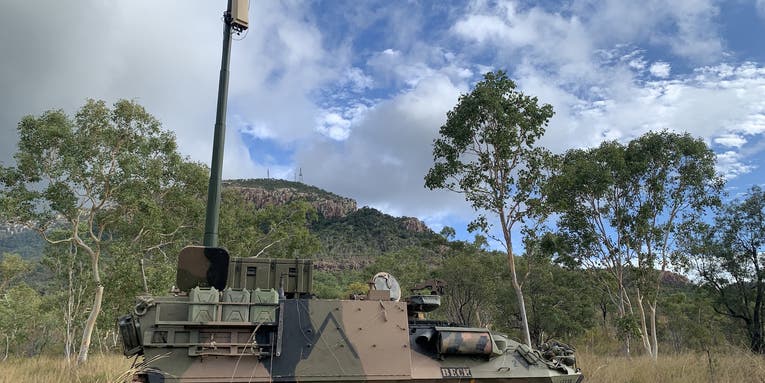
The company trying to protect crowded events from drone attacks
